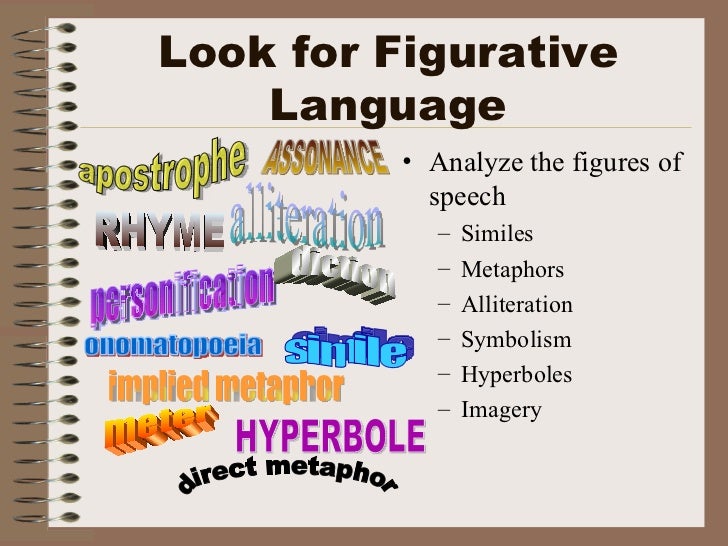
It speaks on the coming of spring and the vibrant, continually moving elements that herald its arrival. Oscar Wilde’s ‘ Magdalen Walks’ is a beautiful, nature-based poem that describes a walk through Magdalen College, where Wilde was educated. Poets use the technique to convey a particular emotion more clearly, to help the reader understand the entire scene better.Įxample #2 ‘ Magdalen Walks’ by Oscar Wilde It is not just human verb-based actions that can be given to the inanimate object, creatures, and forces, but also emotions and motivations. This is a very clear example of personification and also gets to one of the most important things to consider about the device. In the last line of this stanza, the daffodils are said to “dance”. There are some very good examples of how human characteristics are applied to non-human things in William Wordsworth’s ‘I Wandered Lonely as a Cloud.’ In the following lines, Wordsworth creates an image of the daffodils moving as only humans can. It is simply a way of describing something so that the reader can get a better understanding of it.Įxamples of Personification in Poetry Example #1 ‘ I Wandered Lonely as a Cloud’by William Wordsworth Personification, on the other hand, does not turn animals, deities, inanimate objects, or forces into human-like characters. Such as in the film Happy Feet and the TV show and books, Winnie-the-Pooh. The animal or deity in these examples behaves as though it’s a human being. Anthropomorphism refers to human characteristics regarding animals and or deities, but not intimate objects or forces (like love). There are several fundamentally similar parts of these techniques, but they are different. The distinction between these two literary techniques is hard to grasp at first, but when you see a few examples, it becomes obvious. By giving these “things” recognizably human characteristics, it increases the reader’s ability to relate to them.

It is a figure of speech and a type of metaphor that allows the writer to create a different kind of life and movement in something non-human.


The “thing,” whatever it might be, is spoken about or described as though it were human. Personification is a commonly used literary device that refers to moments in which poets, fiction writers, or playwrights give human characteristics to animals, inanimate objects, or forces. 3 Examples of Personification in Poetryĭefinition and Explanation of Personification.1 Definition and Explanation of Personification.


 0 kommentar(er)
0 kommentar(er)
